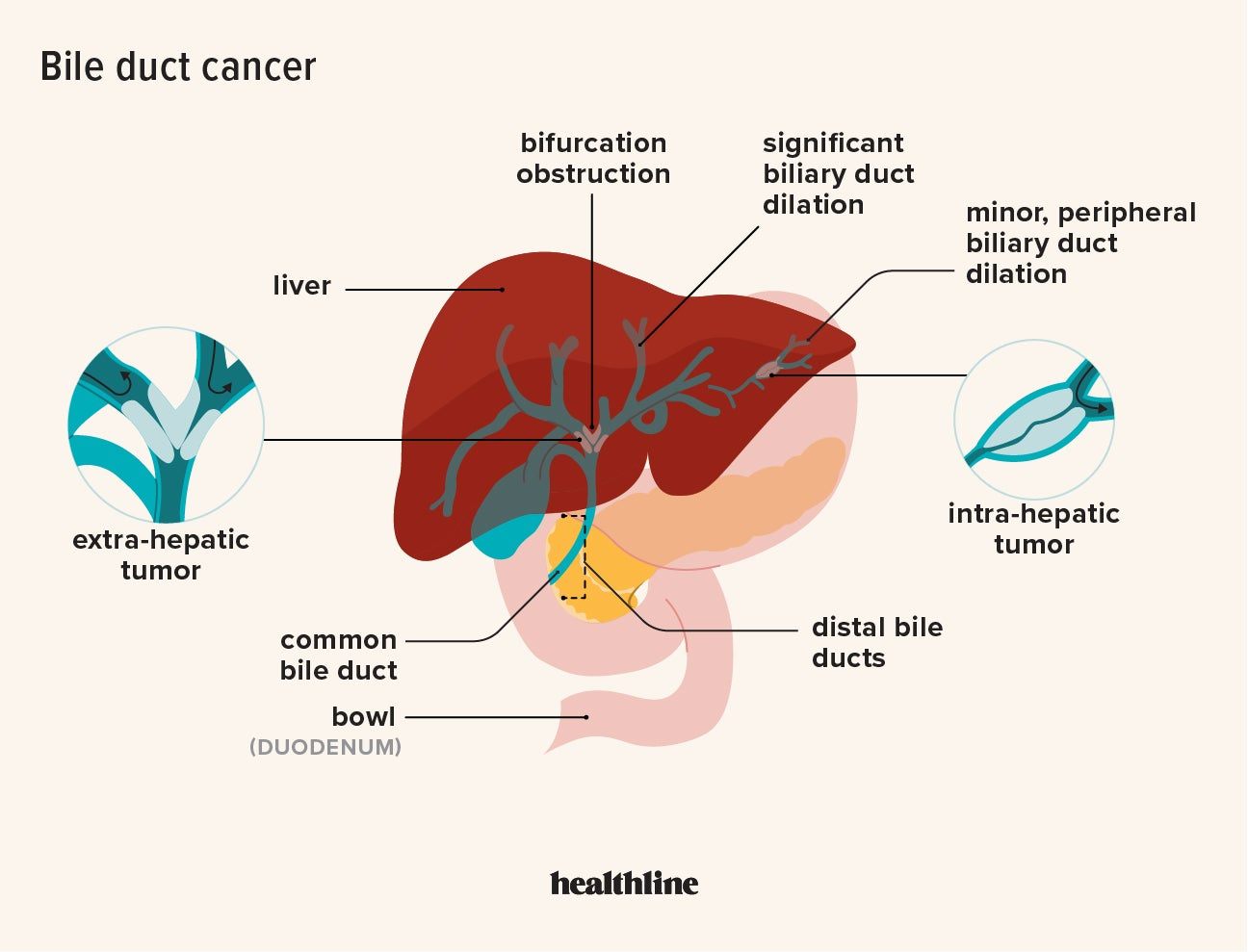
Synaptic plasticity serves as the cornerstone of how learning and memory are intricately woven together within the brain. This dynamic process involves the strengthening or weakening of synapses, the crucial junctions between neurons, enabling the brain to adapt and encode new information. Recent advancements in neuroscience research have illuminated the molecular mechanisms that underlie synaptic plasticity, offering promising implications for dementia treatment and other cognitive disorders. Utilizing cutting-edge molecular techniques, scientists are now able to visualize these changes with remarkable precision. Understanding the nuances of synaptic plasticity not only enhances our grasp of memory formation but also paves the way for innovative therapeutic strategies aimed at revitalizing our cognitive health.
The concept of synaptic plasticity, often referred to as the brain’s ability to modify its connections, highlights the remarkable adaptability of neural circuits. This flexibility is essential for processing information, forming lasting memories, and responding to various learning experiences. By exploring related terms such as neural adaptability and synaptic modulation, researchers delve into how the brain’s architecture can change in response to stimulation and learning processes. This ongoing investigation into synaptic dynamics plays a pivotal role in the quest for effective approaches to combat cognitive decline and disorders like dementia. Understanding these fundamental mechanisms not only enriches our knowledge of memory but also opens up new avenues for interventions in neuroscience.
Understanding Synaptic Plasticity in Memory Formation
Synaptic plasticity is a crucial mechanism that underlies how memories are formed and retained in the brain. This dynamic process involves the strengthening and weakening of synapses—connections between neurons—allowing the brain to adapt as it learns new information. During instances of learning, synaptic plasticity enables the brain to modify its neural pathways, making memories more accessible. Researchers in the field of neuroscience have long been fascinated by the intricate processes of synaptic plasticity, which can vary in strength depending on numerous factors including the frequency of neuron activation and the type of learning experience.
Furthermore, the recent technique developed by Harvard researchers to map these synaptic changes at unprecedented resolutions sheds light on the specific proteins involved in synaptic plasticity, such as AMPARs. This understanding is not only groundbreaking in the context of memory formation but also paves the way for potential advancements in treating neurological conditions. By studying how synapses reorganize through synaptic plasticity, insights into diseases like dementia could lead to significant strides in developing effective therapies.
Frequently Asked Questions
How does synaptic plasticity contribute to memory formation?
Synaptic plasticity is essential for memory formation as it involves the strengthening and modulation of connections between neurons. This process ensures that the brain adapts and reorganizes itself in response to new information, enabling us to store and recall memories effectively.
What is the significance of studying synaptic plasticity in dementia treatment?
Understanding synaptic plasticity is crucial for developing new therapies for dementia, as disorders like Alzheimer’s are characterized by synaptic dysfunction. By exploring the molecular mechanisms of synaptic changes, researchers can identify potential targets for treatment to improve memory and learning in affected individuals.
What new techniques were developed to study synaptic plasticity?
The researchers developed a technique called Extracellular Protein Surface Labeling in Neurons (EPSILON), which utilizes fluorescent labeling and advanced microscopy to map the proteins involved in synaptic plasticity at high resolution. This innovative approach provides unprecedented insights into how synapses adapt during memory formation.
How do molecular techniques enhance our understanding of learning and memory?
Molecular techniques, such as EPSILON, allow scientists to observe the behavior of proteins like AMPARs that play a critical role in synaptic plasticity. By illuminating these molecular processes, researchers can better understand the dynamics of learning and memory at a microscopic level, paving the way for advancements in neuroscience research.
What role do AMPARs play in synaptic plasticity?
AMPARs, or alpha-amino-3-hydroxy-5-methyl-4-isoxazolepropionic acid receptors, are crucial for synaptic plasticity as they mediate excitatory neurotransmission at synapses. Their movement and interaction during learning experiences directly influence the strength of synaptic connections, which underlies memory formation.
Can synaptic plasticity be measured in living brains?
Yes, using techniques like EPSILON, researchers can map the history and dynamics of synaptic plasticity in living brains. This allows them to study how synaptic changes occur over time and correlate these changes with specific types of memories and learning experiences.
What implications does the research on synaptic plasticity have for future cognitive therapies?
Research on synaptic plasticity has significant implications for cognitive therapies, particularly in understanding and treating memory impairments. By identifying the molecular underpinnings of how memories are formed and maintained, scientists can develop targeted strategies to enhance cognitive function in individuals with memory disorders.
How might future studies on synaptic plasticity impact our understanding of neurological disorders?
Future studies on synaptic plasticity are expected to provide deeper insights into the mechanisms of neurological disorders, such as Alzheimer’s. By unraveling the complexities of synaptic dysfunction, researchers can potentially identify new pharmacological targets and therapeutic approaches to combat these debilitating conditions.
| Key Points | Details |
|---|---|
| Introduction of EPSILON | A new technique that maps molecular aspects of learning and memory formation, expected to pave the way for treatments for neurological disorders. |
| Role of Synaptic Plasticity | Synaptic plasticity is crucial for learning and memory, allowing the brain to adapt and reorganize itself through modulation of synaptic connections. |
| Technique Details | EPSILON uses fluorescent labeling and advanced microscopy to study AMPAR proteins involved in synaptic communication. |
| Significance of Research | The study allows researchers to observe synaptic behaviors with unprecedented detail, which is vital for understanding memory formation. |
| Impact on Future Research | Insights gained can lead to new exploration of diseases like Alzheimer’s, characterized by synaptic dysfunction. |
| Possible Applications | EPSILON could be used to study various cognitive phenomena and enhance therapeutic strategies targeting memory impairments. |
Summary
Synaptic plasticity is a fundamental process that underlies how learning and memories are formed in the brain. Recent advancements, particularly the development of the EPSILON technique, have provided unprecedented insight into the dynamics of synapses and their role in memory storage. By enabling high-resolution observation of the molecular components involved, researchers can better understand the mechanisms of synaptic changes, paving the way for novel therapeutic strategies for conditions such as dementia.





